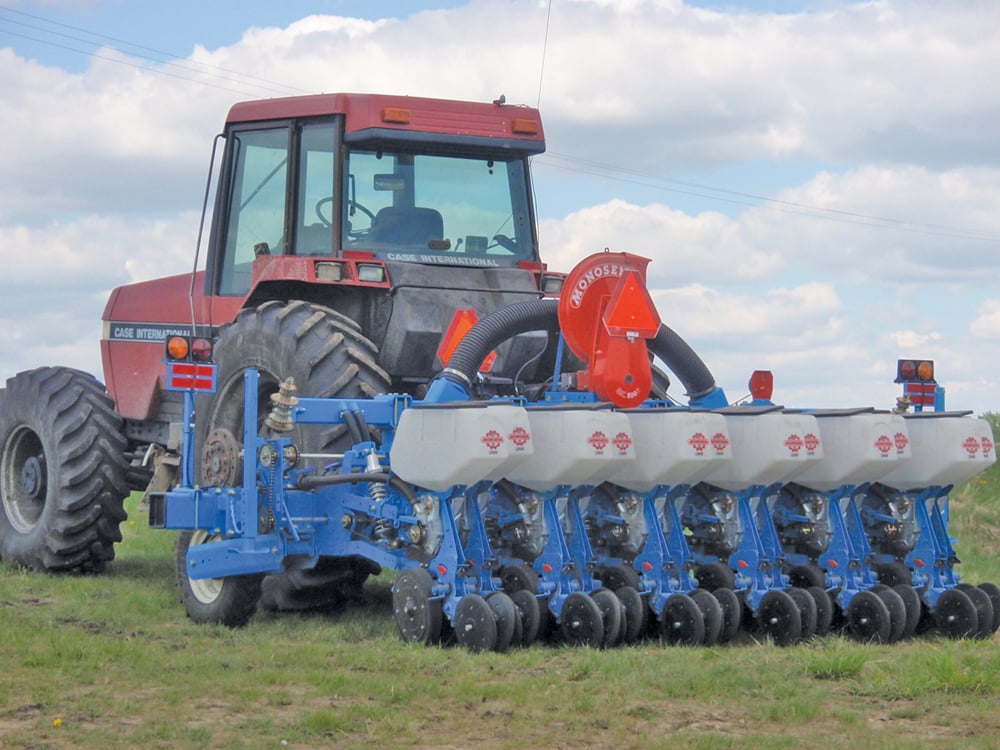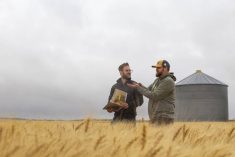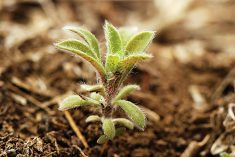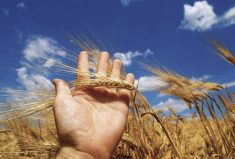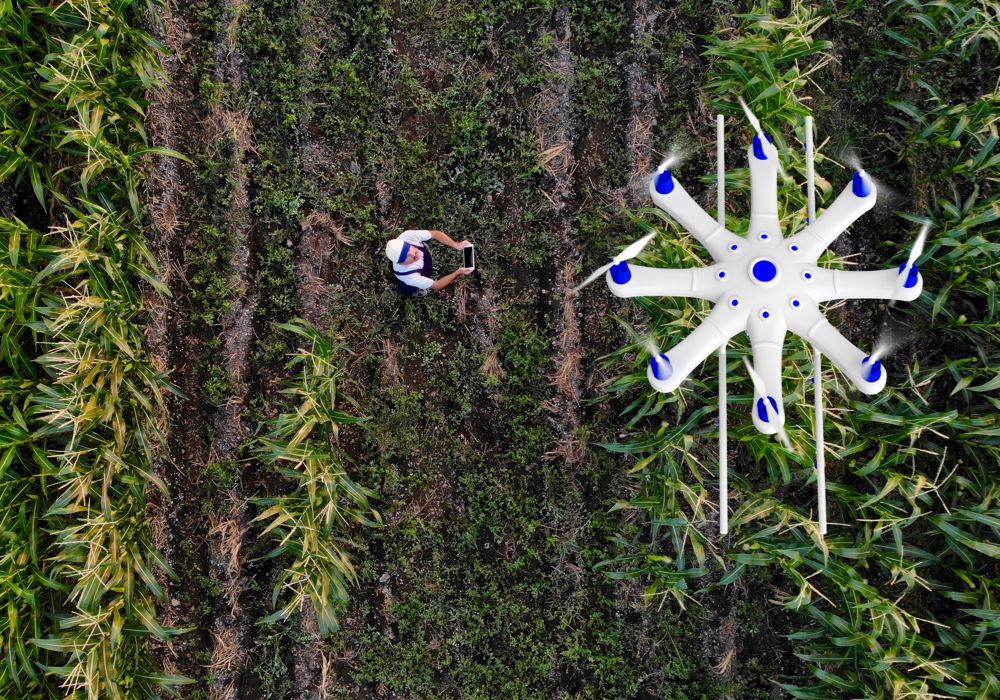It’s one of those farming Catch 22s.
On the one hand, the high cost of canola seed makes it tempting to minimize one’s seeding rate — on the other hand, a strong and consistent canola stand is key to good returns.
In the American Corn Belt, producers have found a solution by repurposing their corn planters to plant canola seed. The precision planting makes for better emergence; incredibly consistent stand establishment, better pest management, more even ripening, and improved crop harvestability, yield and quality. Here in Western Canada, where very few producers grow corn and even fewer own a corn planter, the jury remains out on whether the agronomic and input cost benefits could ever offset the high cost of the equipment.
Lacombe-area producer Craig Shaw planted and recorded on-farm results of various seeding rates and row spacing planted by both a corn planter and conventional plot seeder over three years.
Though weather woes and residue management issues got in the way of entirely clear results, Shaw says there’s no question that precision planting offers a big agronomic benefit.

“When you look at a canola field seeded with a planter, it’s hard not to be impressed,” he said. “You can see the difference — it’ll look very, very uniform and the crop stages are totally consistent. All through the season that consistency matters for everything from herbicide and fungicide application timing to even flowering to consistent ripening.”
Shaw’s trial data is being added to the planter trial findings conducted by federal scientist Neil Harker in research plots at Agriculture and Agri-Food Canada’s research centre in Lacombe. Once complete, Shaw and Harker hope their efforts will help define canola’s optimized seeding rate and spacing when planted with a corn planter.
Even more importantly, the study hopes to determine whether the lower input cost and/or improved yield benefit over a conventional plot seeder are significant enough to justify the purchase price of a planter.
Read Also

Farming Smarter receives financial boost from Alberta government for potato research
Farming Smarter near Lethbridge got a boost to its research equipment, thanks to the Alberta government’s increase in funding for research associations.
Less seed, better stands
Canola currently costs into the double digits per pound for quality hybrid seed. Typically, half (or more) of the seed never successfully germinates. So a farmer who seeds five pounds per acre and sees an average rate of seed mortality is essentially kissing $25 or $30 of seed away per acre. As such, improving seedling emergence can have an immediate positive impact on one’s bottom line.
“We found that seed mortality was much less in the planter situation, which meant we could reduce seeding rates but still maintain yield,” said Shaw. “We ran lower seeding rates — much lower — and still maintained yield because we were able to place the seeds at exactly the right depth and space.
“The best results are going to come out of the Lacombe research centre’s trials that are still ongoing. But from my experience, it was definitely easier to get a uniform stand from a planter system than from a regular seeder.”

Trials conducted by Rocky Mountain Equipment in Balzac a couple of years ago suggest the same.
The company conducted field trials using four different seeding rates (from 150,000 seeds or about two pounds per acre, to 375,000 seeds or about five pounds per acre) in 13 different locations. In virtually all scenarios, the lowest seeding rate produced the best yield.
Single-crop use
Still, is the saving enough to justify high cost of a corn planter, which due to crop rotation, may not even be used every year?
“The big question mark is whether a precision drill is worth the expenditure, especially in an environment where it’s exclusively used for canola seeding,” said Shaw. “As you move further south into country that grows corn, sugar beets and soy, you’d have more acres you could use that kind of planter on, so it would be easier to warrant that additional expense. But up here, it’s a significant cost when you can only use it for a single crop.”.
His three-year on-farm trial now complete, Shaw has returned the borrowed planter to the Lacombe research station — and isn’t planning on buying one for his operation.
“The reality is that the planter isn’t the be-all and end-all answer to every issue,” he said. “Yup, it improved certain things and made achieving consistency easier. But what we really saw was that environment is critical.
“The more things you can get right at planting — the No. 1 factor being good residue management — the better the odds that you can get away with reduced seeding rates. It’s a package concept — the better the seedbed you put it into, the better those seeds are going to do, regardless of how you get them in the ground.”

